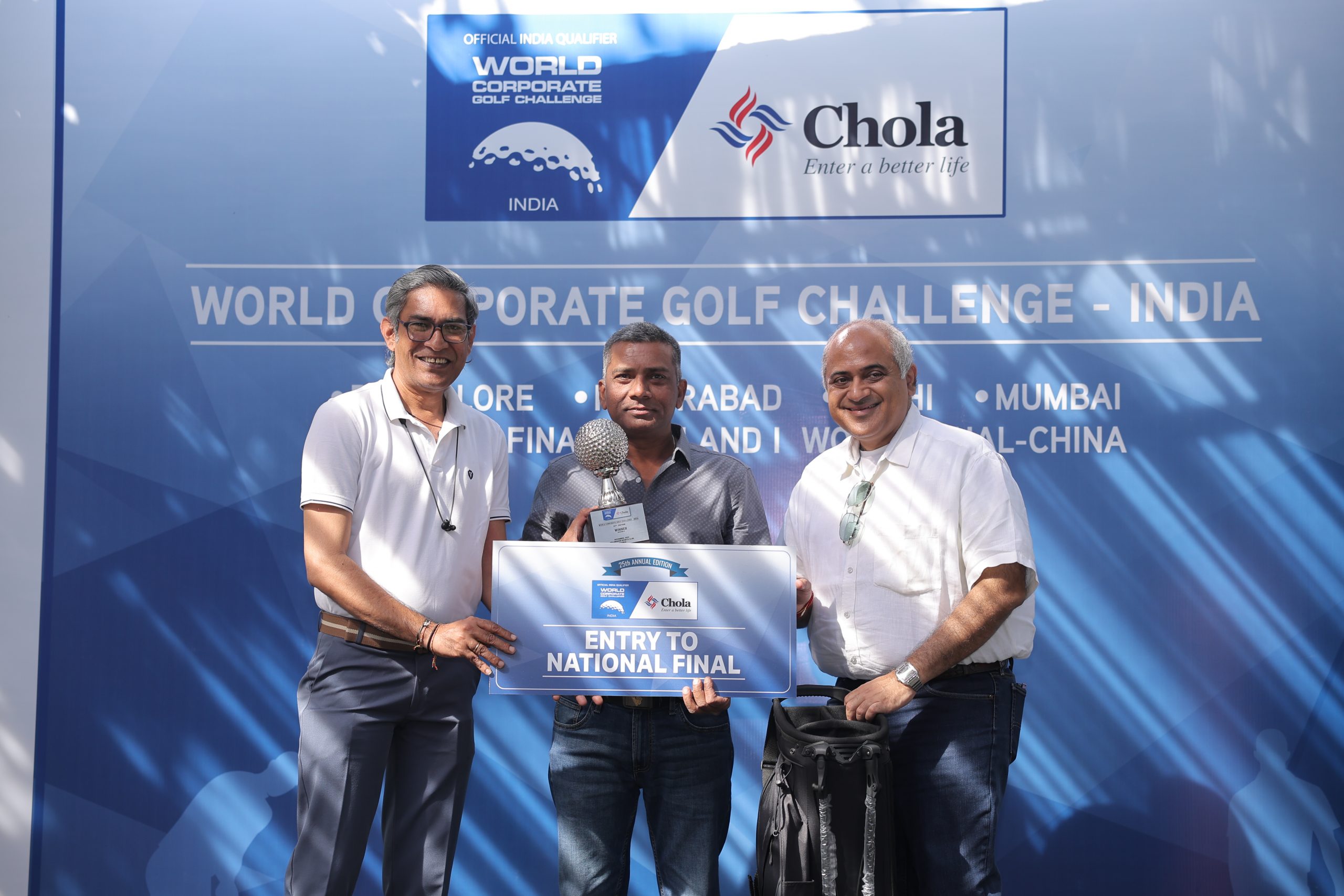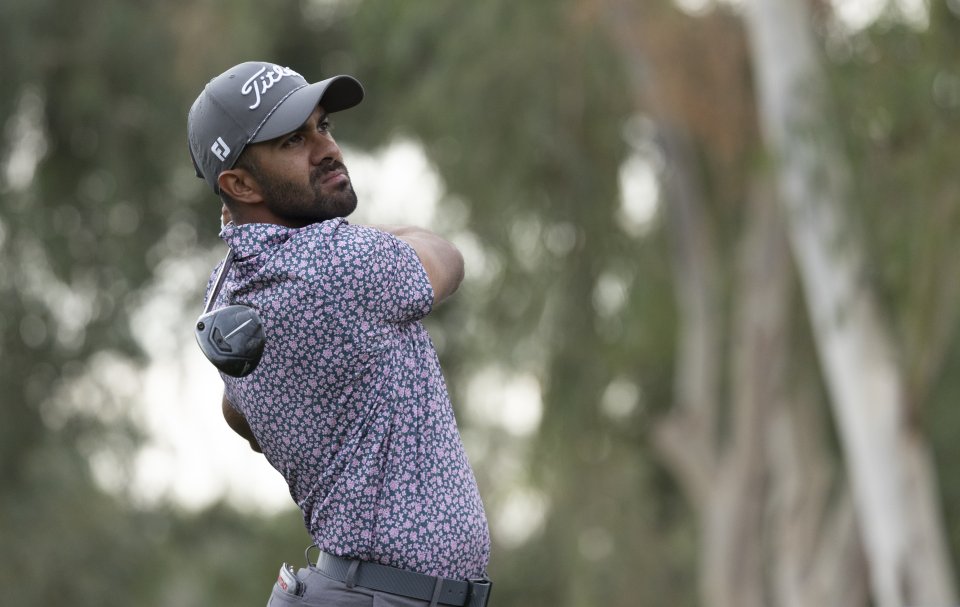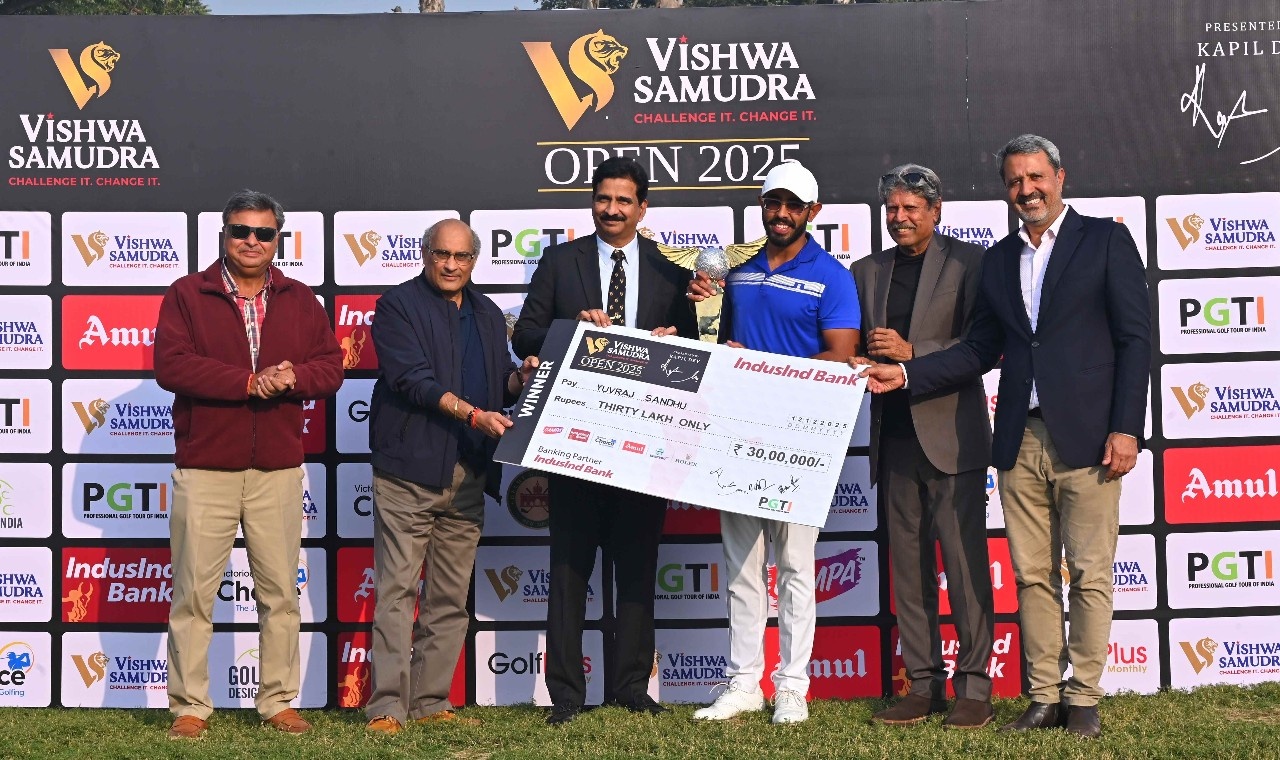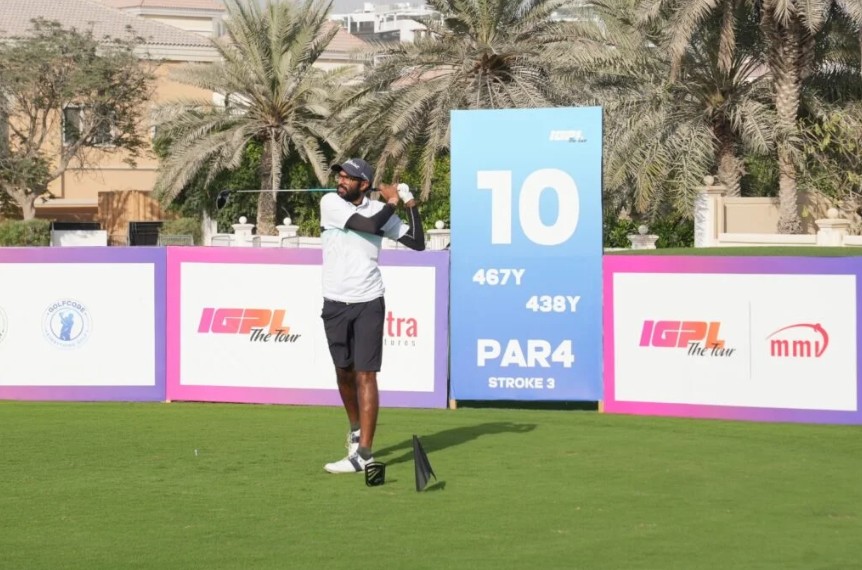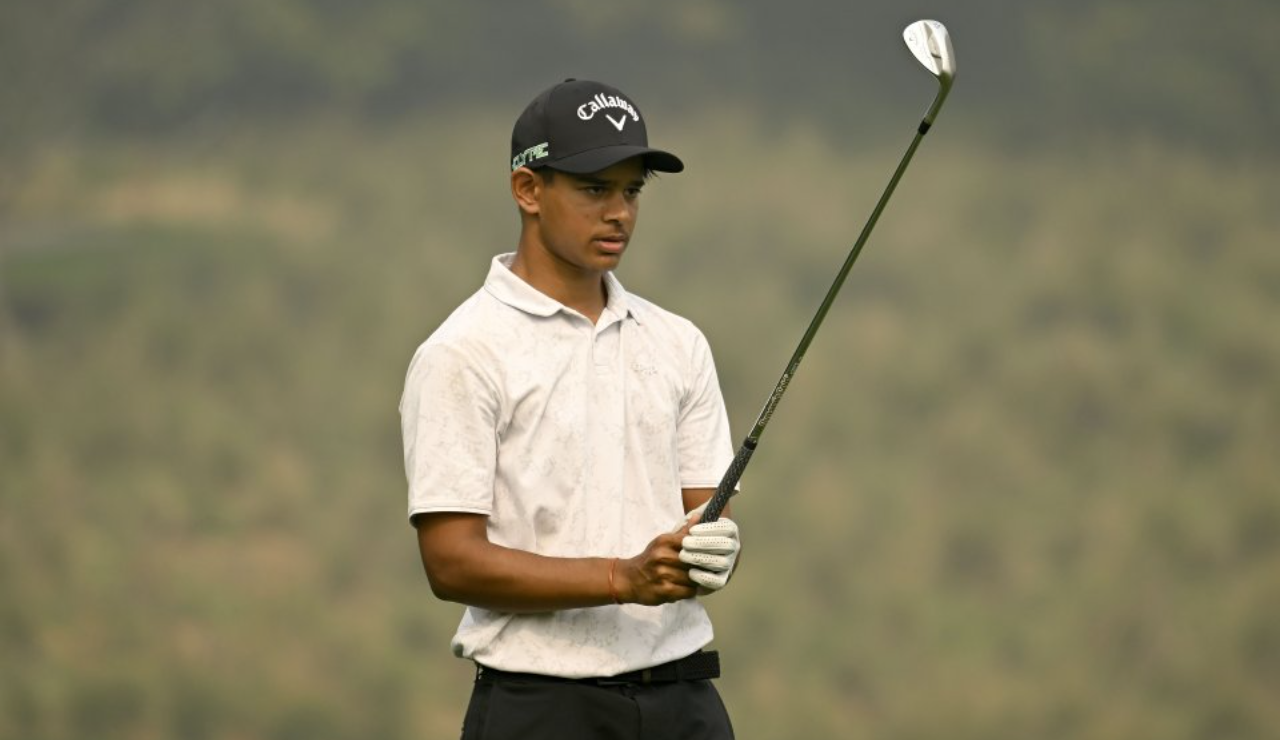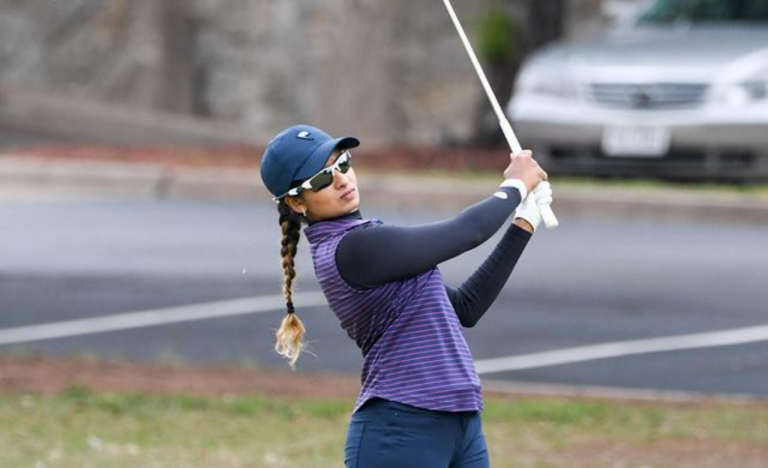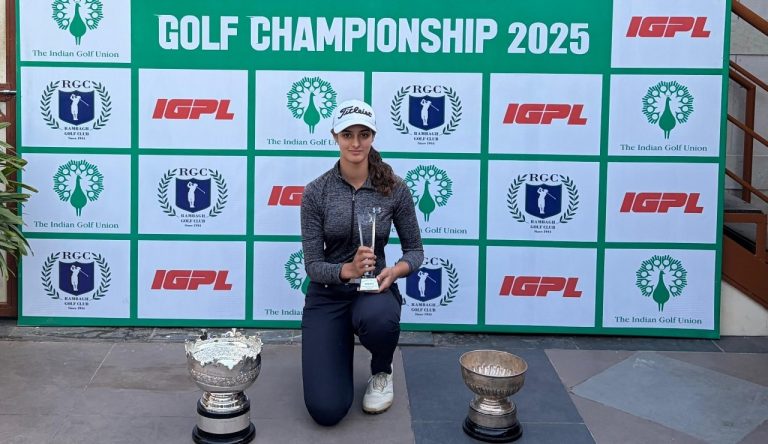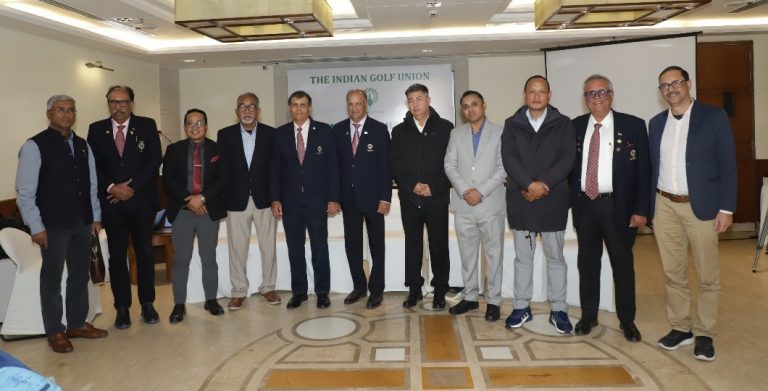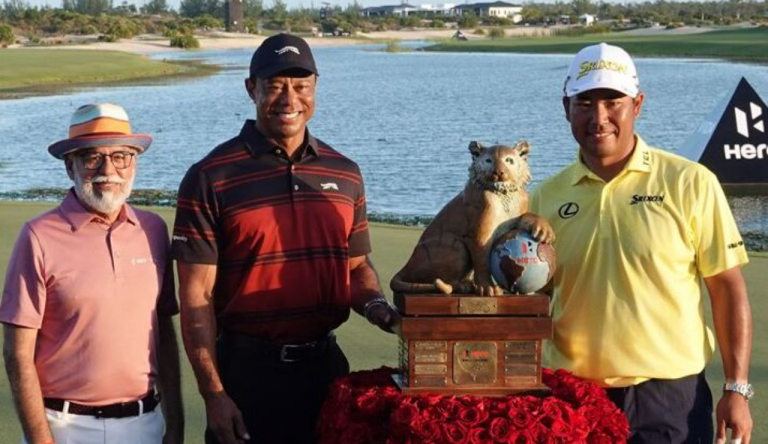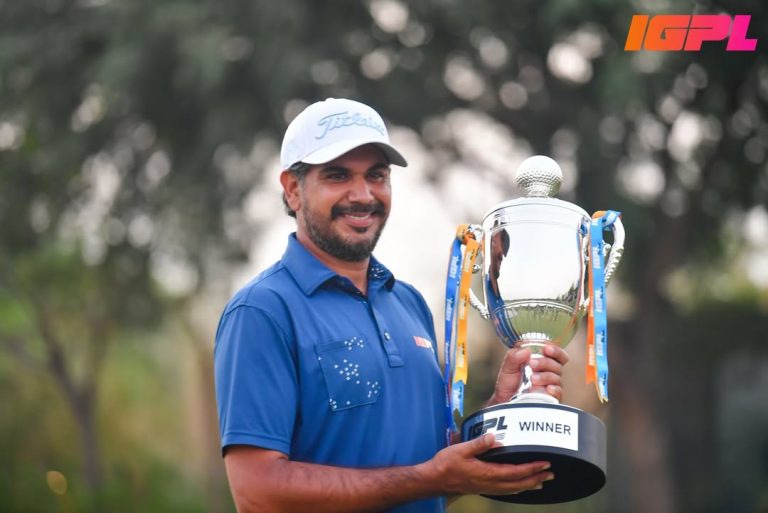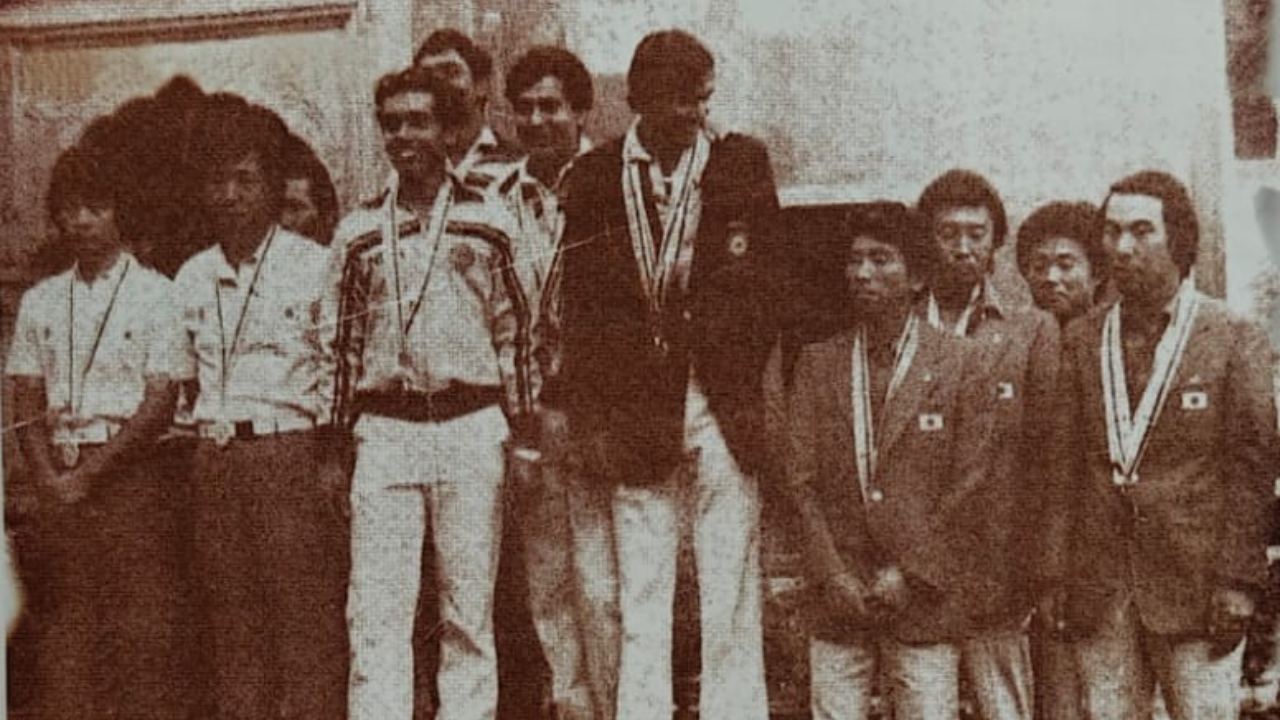
When asked about my recollections on our victory at the 1982 Asian Games golf event, the memories come rushing back like it was more recent.
I was invited by the IGU to compete in the team trial tournament at Delhi Golf Club while I was attending Brigham Young University, Utah, USA, on a golf scholarship. Back in 1981, I was the first Indian golfer and perhaps the first Asian to receive a ‘golf’ scholarship to play for a US college.
A close supporter and well-wisher of mine from Calcutta, Haik Sookias, a keen golfer from Royal Calcutta GC, who had business contacts in Utah, said he would sponsor my air ticket for the trials in Delhi, to be held in October during the Northern India Amateur at Delhi Golf Club. My third-place finish there and the confidence with which I was playing (which included a hole in one on the fourth day on the 17th) saw the IGU selection committee headed by legendary Indian golfer Raj Kumar Pitamber, give me the nod to join Lakshman Singh, Rajiv Mohta, and Amit Luthra, on the team.
So I rushed back to the US, took some early tests to conclude the college term so that I could attend the mandatory training camp in Delhi just prior to the games.
Manjit Singh, a former international player and subsequently was captain of DGC, was named the team manager and DGC member, Achal Nath, was the first reserve. All the team members were committed and in good spirits during our practice at DGC, but no one really took our chances seriously, especially with formidable teams from Japan, Korea, the Philippines (Frankie Minoza of the Philippines, who went on to a glittering pro career in Japan and Asia, was playing his final tournament as an amateur) and Chinese Taipei in the field. We knew that the same Japanese team had finished second to the US earlier the same year at the World Amateur Team event, or Eisenhower Cup. At best, people were willing to bet on a fifth place finish for us.
Once the tournament got underway, news of good scores by Lakshman, Rajiv and myself, everyday bolstered our spirits. Lakshman Singh was a great competitor. When his putter got going, he was a match for any amateur golfer in the world and he did not disappoint, returning a tournament best 68, on Day Two, including a fortuitous hole-out four-iron from the left rough on the 13th hole, where his drive ended up.
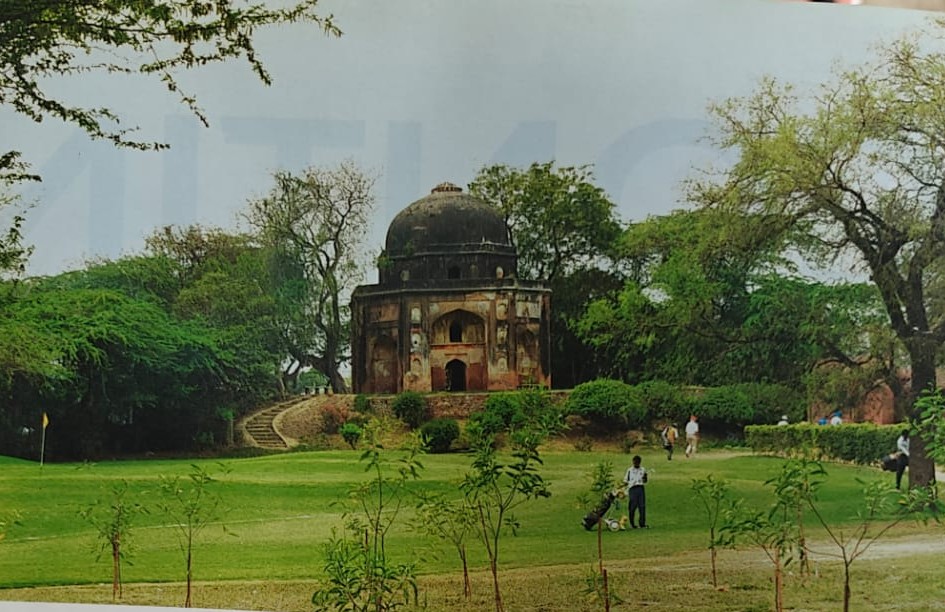
DGC’s Ramesh Kohli, Indian golf’s only journalist in those days, happened to be accompanying the single video crew at the venue and recorded the shot and the ball disappearing into the hole!
One incident that stands out in my memory is when on the third day, my drive on the narrow fourth hole went into the right hand rough and the referee and Korean opponent accompanied my caddy and me to observe my search for the ball.
The words “five minutes up” had barely rolled off the referee’s lips when my caddy exclaimed he had found and identified my ball. Arguably, we could have contested the lost-ball ruling, but the Korean player objected. As the leading team and hosts, we wanted no blemish on the team, so, in good sporting spirit , I agreed to head back to the tee and replay the shot. I ended up with a disastrous quadruple bogey eight on the hole, but remember being proud to finish the round with a gritty two-over 74. Competition was tough indeed!
I haven’t yet gotten over the disappointment of hooking my tee shot into the left rough on the 18th in the final round and scoring a bogey six to record another 73, which cost me the individual bronze.
The famous Japanese amateur Sakata holed a 10-foot putt on the final green while I watched, to pip me for the individual bronze medal by one stroke. Lakshman and Rajiv continued their brilliant form to claim the individual gold and silver, and the team romped home in style.
The medal ceremony took place right in front of the DGC clubhouse.
With our team taking individual 1st, 2nd and 4th places, and the best three of four individual scores counting towards the team total, no other team stood any chance of coming close to us in team standings. That was probably the most dominant performance by any team in the Asian Games golf event history, till date.
With the kind of coaching and swing knowledge in place today, players today are more consistent than self-taught amateurs like us in those days who’s form used to be subject to greater ups and downs. When the game was ‘on’, we could all shoot around par or better but when we were ‘off’ the low, 80s were also possible! That week luckily three of us struck form.
In those days, the DGC jharis or undergrowth was a lot denser. The greens were more elevated and drop offs around the green were severe, too. Being around par was a good score—remember we still used Persimmon wooden headed drivers in those days. Adopting a very cautious approach, I shot 73 or 74 each day playing a lot of irons off tees.
The intimidating jhari bushes of DGC probably got to the foreigners. The foreign teams had probably never seen such thorny and unplayable rough. During the warm-up rounds, they probably hit one or two shots in there and the fear of hitting into the jharis gripped their swings. The DGC had the reputation of crippling a player’s free flowing swing. By the time they were into the tournament, a lot of first timers had suffered cuts and scratches trying to deal with DGC’s thorn bushes!
That win marked a surge for the game in India. The Indian Olympic Association and other authorities woke up to the fact that Indians possessed the talent and a renewed belief that we could win the game around that time. As I look back on my playing career, this remains a great memory, something to be cherished forever. Often when Bunny Lakshman Singh and myself meet, we recall the two weeks of the Asian Games fondly and the excellent team spirit and positivity that helped us get through to the golf medal win !
— Rishi Narain runs Rishi Narain Golf Management and can be reached at rishi@rnsportsmarketing.com



